IIoT-Based Safe Emergency Exit Indication with Alarming System
Introduction
In industrial environments emergencies such as fires chemical leaks or equipment malfunctions can occur unexpectedly threatening the safety of employees and the integrity of assets. The key to mitigating these risks lies in well-planned safety systems especially those that guide workers toward safe evacuation routes. Traditional emergency exit systems although effective often lack the real-time responsiveness required in dynamic situations.
At Alstemz Solutions we leverage the transformative power of the Industrial Internet of Things (IIoT) to revolutionize emergency exit indication and alarming systems. Our smart solutions ensure quick safe and well-informed evacuations minimizing risks during critical situations.
The Need for Advanced Emergency Exit Systems
Challenges in Traditional Systems
- Static Exit Routes: Traditional emergency exit systems rely on fixed signage which may not be effective in rapidly evolving emergencies like fires spreading or blocked exits.
- Delayed Alerts: Conventional alarms often fail to provide granular information about the nature or location of the hazard.
- Limited Visibility: In smoke-filled or poorly lit environments traditional exit indicators become hard to see.
- Lack of Adaptability: Without real-time updates workers may follow outdated escape paths leading to congestion or exposure to danger zones.
How IIoT Overcomes These Challenges
IIoT-powered systems address these limitations by incorporating real-time monitoring adaptive signaling and automated communication into emergency management. By connecting sensors alarms displays and control systems IIoT creates a dynamic safety network that enhances evacuation efficiency.
Key Components of an IIoT-Based Emergency Exit Indication System
- Smart Sensors
- Detect environmental changes such as heat smoke toxic gas or structural vibrations.
- Provide localized data to identify specific hazards and guide evacuation accordingly.
- Dynamic Signage
- Replace static exit signs with smart displays or LED indicators.
- Dynamically update escape routes based on the location of the hazard and available safe paths.
- Integrated Alarming Systems
- Combine audible alarms visual alerts and vibration signals to ensure accessibility for all workers including those with sensory impairments.
- Trigger alarms tailored to the type and severity of the emergency.
- Centralized Control and Monitoring
- Use an IIoT platform to integrate data from all connected devices.
- Provide real-time insights to safety personnel enabling informed decision-making during evacuations.
- Wearable Devices
- Equip workers with wearable gadgets that provide personalized alerts and directions.
- Monitor workers’ health metrics such as heart rate and oxygen levels during emergencies.
- Emergency Lighting Systems
- Illuminate paths to exits even in low visibility or power outage conditions.
- Automatically adjust brightness and color coding based on the level of urgency.
How IIoT Enhances Emergency Evacuation Systems
1. Real-Time Hazard Detection
Advanced sensors continuously monitor environmental conditions identifying hazards such as fires gas leaks or structural failures. When a threat is detected the system pinpoints its location and severity triggering localized alarms and updating exit routes.
2. Dynamic Path Guidance
Unlike static signs IIoT-based exit indicators adapt to real-time conditions. For example:
- If a fire blocks one exit the system automatically redirects workers to alternative routes.
- Indicators such as LED strips on floors or walls guide workers with arrows and color-coded signals.
3. Automated Alarming Systems
IIoT alarms are multi-functional providing:
- Audible alerts: Loud sirens that vary in tone based on the type of hazard.
- Visual alerts: Flashing lights or text displays indicating the nearest safe exits.
- Vibrational alerts: Notifications via wearable devices to assist workers in noisy environments.
4. Enhanced Worker Safety with Wearables
IIoT-enabled wearables:
- Provide workers with step-by-step navigation during evacuations.
- Monitor vital signs and alert safety teams if a worker is in distress.
5. Centralized Decision-Making
Safety teams can monitor evacuation progress in real time through a centralized dashboard. The system provides:
- A live feed of sensor data.
- Maps highlighting active hazards and available routes.
- Alerts about workers who may need assistance.
Case Study: Implementation in a Manufacturing Plant
Scenario: A large chemical manufacturing plant faced challenges in ensuring safe evacuations due to the complexity of its layout and the presence of hazardous materials.
Solution:
- Installation of Smart Sensors: Sensors were placed throughout the facility to detect gas leaks temperature surges and fire.
- Dynamic Exit Indicators: LED panels and floor lighting systems were installed dynamically updating evacuation routes.
- Wearable Devices: Workers were provided with smart wristbands that vibrated and displayed navigation instructions.
- Centralized Control Room: A control system integrated all sensor data enabling safety teams to oversee evacuations and guide workers remotely.
Outcome:
- Evacuation time was reduced by 40%.
- Safety incidents during emergencies decreased by 60%.
- Workers reported higher confidence in the safety measures.
Advantages of IIoT-Based Emergency Systems
- Faster Response Times
- Automating alerts and evacuation guidance significantly reduces reaction times during emergencies.
- Increased Adaptability
- Dynamic systems adjust to evolving situations ensuring workers are never directed into danger zones.
- Improved Accessibility
- Multi-sensory alerts (audio visual and haptic) cater to workers with diverse needs.
- Reduced Congestion
- By guiding workers to multiple exits IIoT systems prevent bottlenecks.
- Enhanced Compliance
- Automated data logging ensures compliance with safety regulations and simplifies audits.
- Worker Confidence
- Proactive safety measures foster trust and confidence among employees.
Why Choose Alstemz Solutions?
At Alstemz Solutions we specialize in designing IIoT-based safety systems that meet the unique needs of industrial clients. Our expertise ensures:
- Seamless integration with existing infrastructure.
- Scalable solutions that grow with your safety requirements.
- 24/7 support and maintenance.
Looking Ahead
The integration of IIoT in emergency safety systems is no longer optional—it’s a necessity in today’s industrial environments. As technology continues to evolve future systems may incorporate artificial intelligence machine learning and augmented reality for even more effective safety measures.
By partnering with Alstemz Solutions industries can not only enhance their emergency preparedness but also create a safer more resilient workplace. Let’s build a safer future together.Contact Alstemz Solutions today to learn how we can transform your emergency exit systems with IIoT.

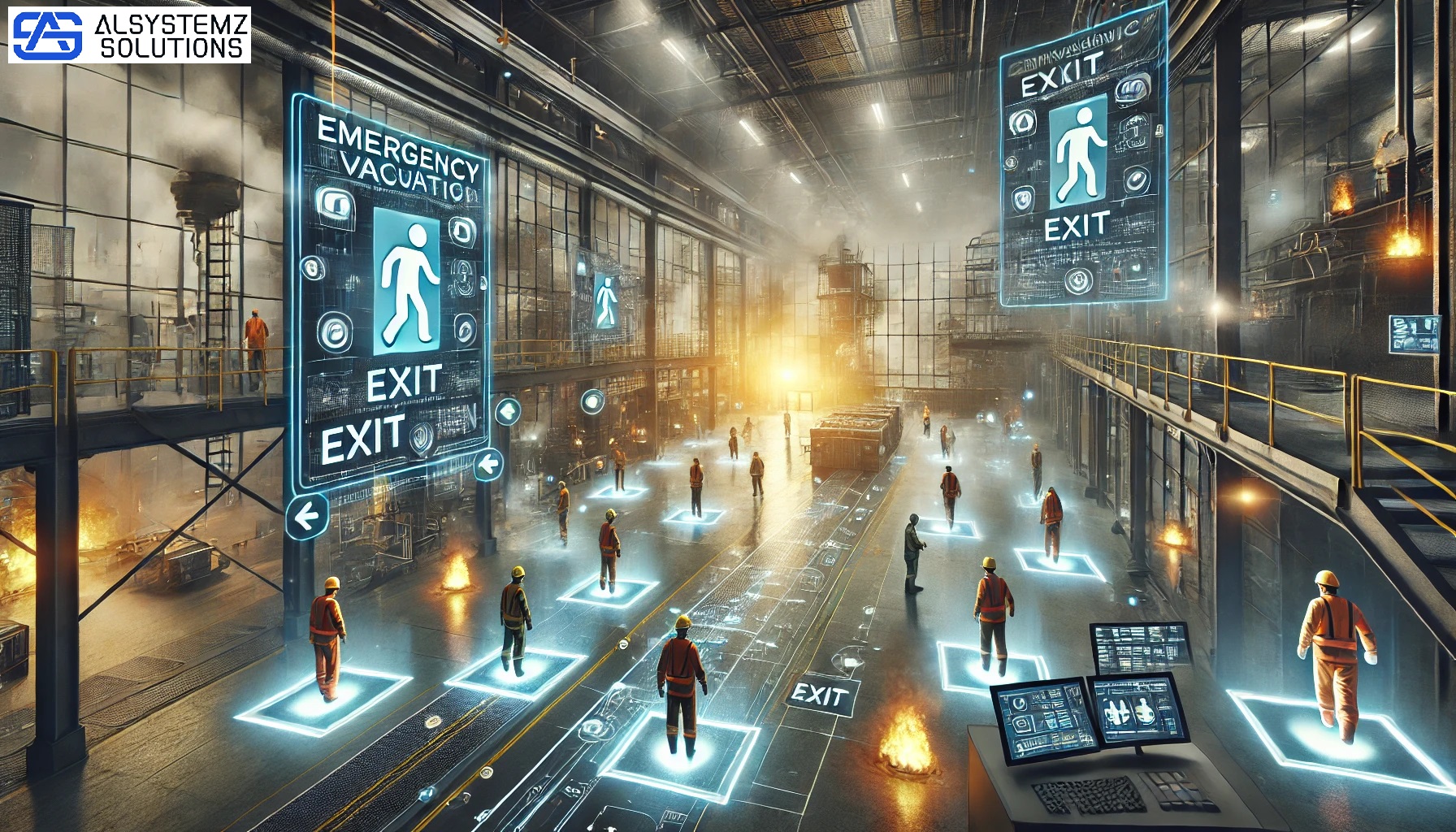


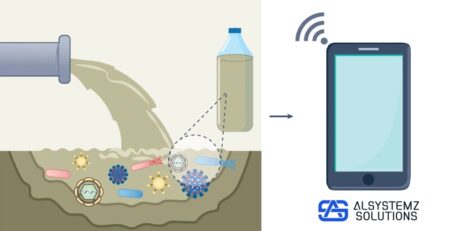

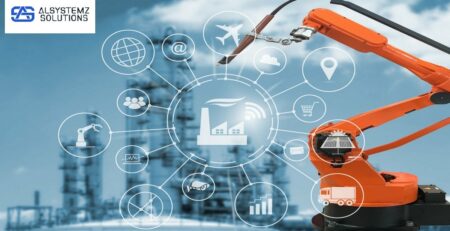
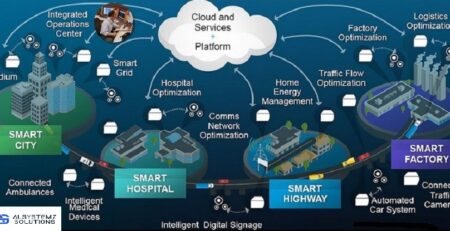


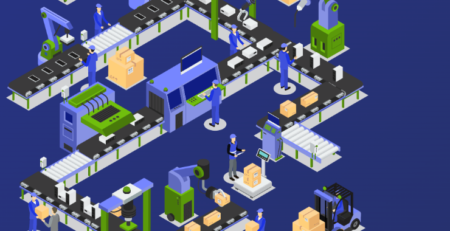
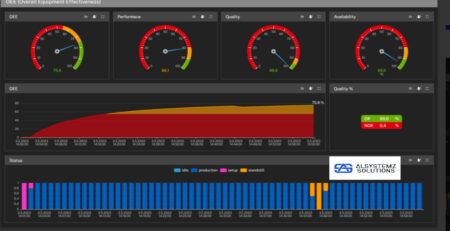
Leave a Reply